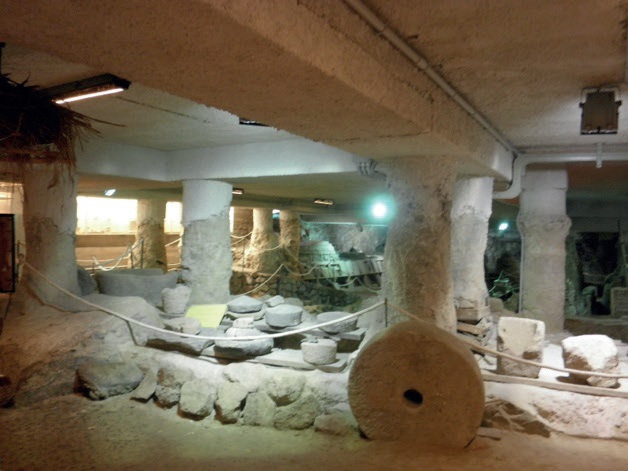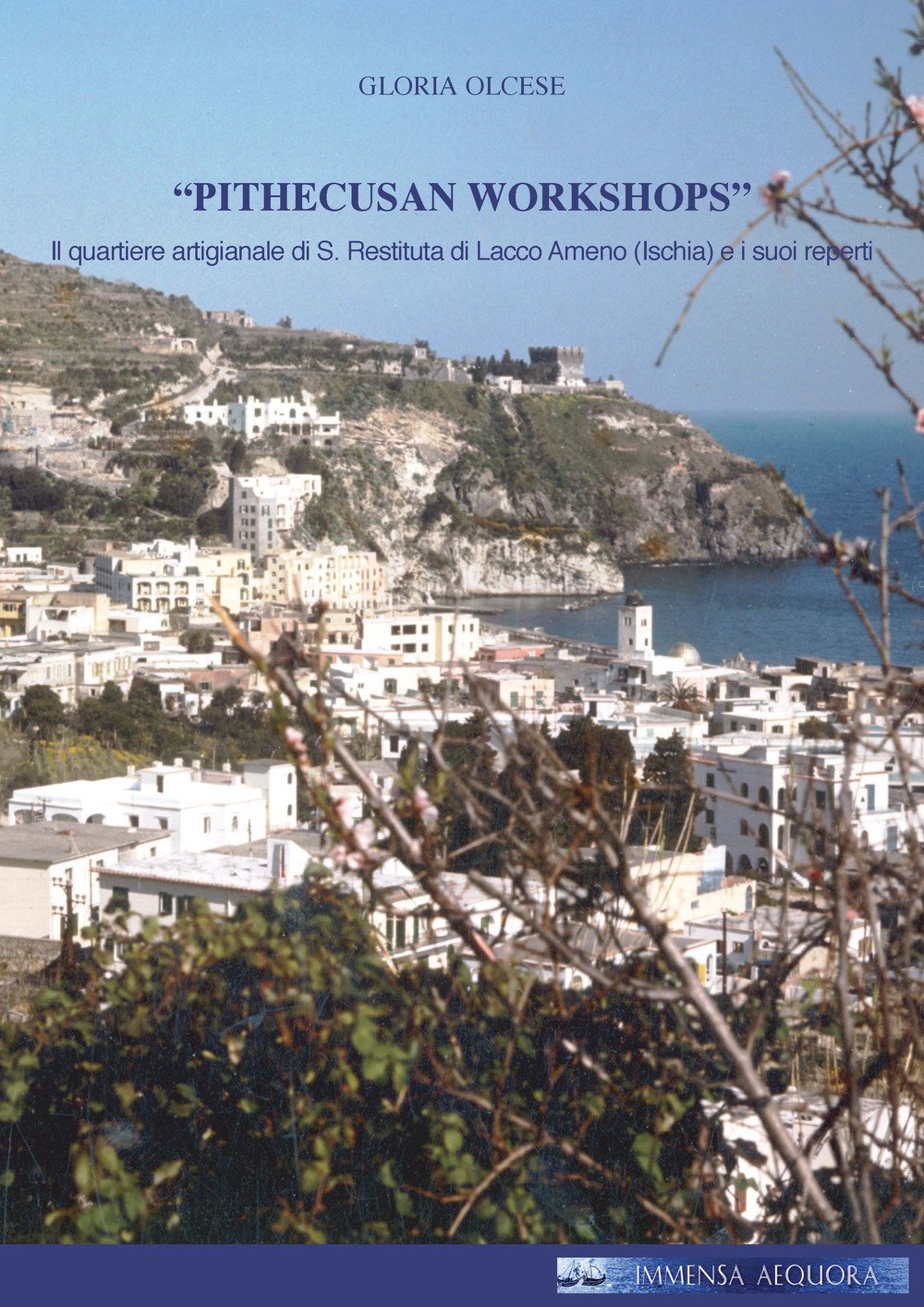| LOCATION Isola d'Ischia (Naples) PERIOD 1999 - on going PAPERS |
Ischia, well-known for its clay deposits, has a long established handicraft tradition for ceramic production, documented over the centuries and still alive in modern times. Yet, we do not know much about the handicraft districts producing, in different periods, the ceramics found.
The archaeological area lying beneath the Church of Saint Restituta of Lacco Ameno, brought to light by Don Pietro Monti in the Fifties, and still little known, includes ceramic kilns dated to different periods and with an important productive phase in the Hellenistic Age.
Since the Nineties, the ceramic district has been the object of a series of archaeological and archaeometric researches aimed at the relief survey of the structures, the documentation and study of the finds, as well as at laboratory analyses (XRF and mineralogical analyses). These latter have as their objective both the dating (are focusing on the chronology) of the kilns found (by the thermoluminescence method), the characterization of the ceramics of local production and the identification of the imported materials (chemical and mineralogical analyses).
The study of the handicraft area (production area) is turning out to be extremely interesting to shed light on very important issues, namely the production and circulation of Graeco-Italic amphorae, black-gloss and cooking wares in the Gulf of Naples, and in the western Mediterranean area.
Entrance of S. Restituta's Church (Olcese, "Pithecusan Workshops", 2017, p. 7).

Excavations under S. Restituta's Church (Olcese, "Pithecusan Workshops", 2017, p. 15).

Cover of the book Olcese, "Pithecusan Workshops", 2017.




